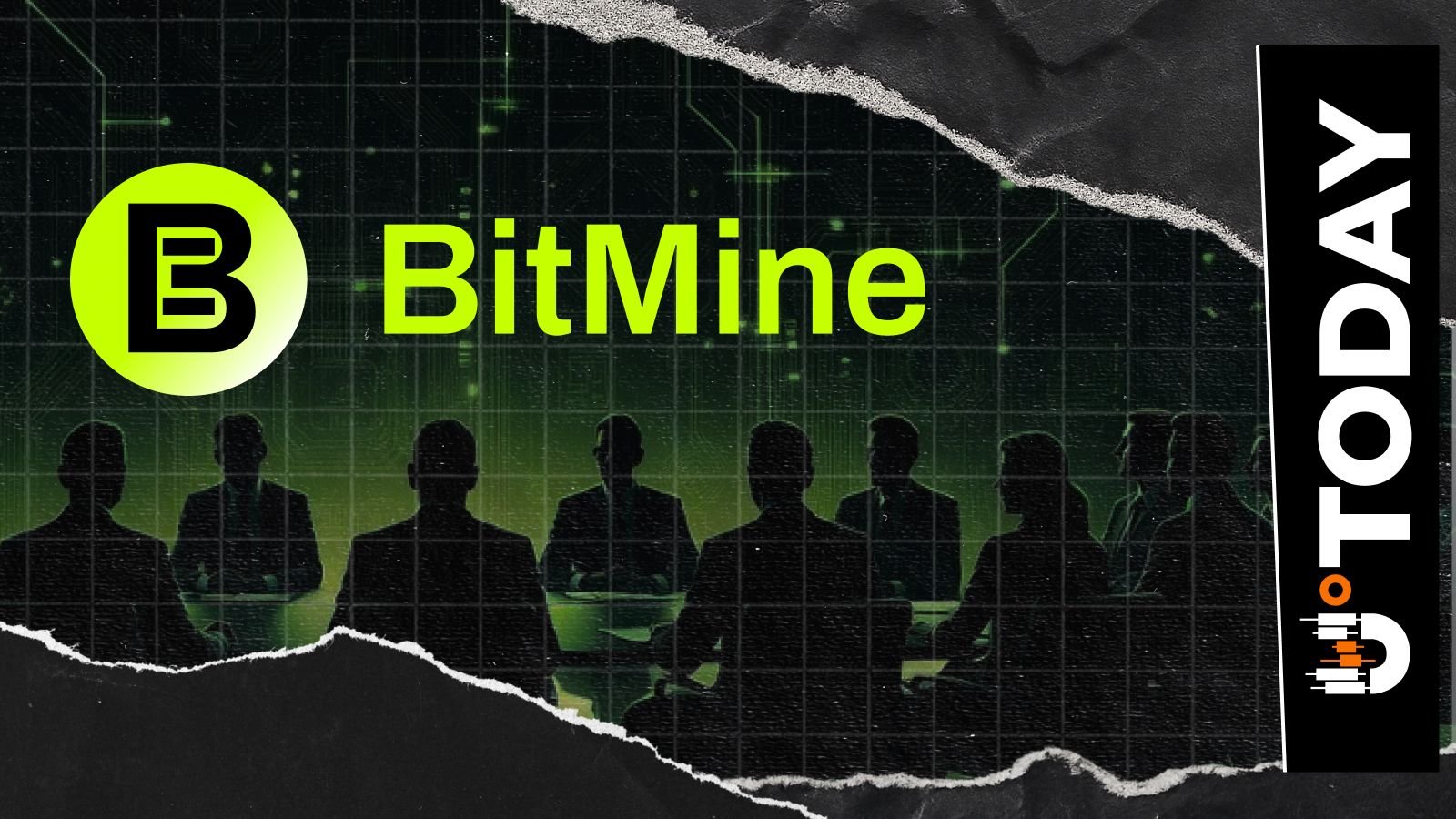Tax-Free XRP? Ripple CTO Confirms No Tax on XRP Ledger
The post Tax-Free XRP? Ripple CTO Confirms No Tax com. Ripple CTO David Schwartz has addressed a recent question concerning XRP and how XRP Ledger works. The question posed by Matthew Sigel, VanEck’s head of digital assets research, was “If XRP holders aren’t earning anything from the ecosystem, and the protocol doesn’t accrue value, who’s the one collecting the tax?” Sigel had already taken on the XRP community by asking for the utility of the XRP Ledger blockchain. The Ripple CTO responded to this, answering, “You asked what the blockchain actually did. You got an answer. Your response was that you couldn’t get passive income from it. Is the blockchain ethos ‘no middlemen, be your own bank’ or is it ‘if I can’t tax other people for a passive profit, I don’t care about it?” Acknowledging Schwartz’s response, Sigel asked further about who collects the tax if XRP holders do not earn anything from the ecosystem and the protocol does not accrue value. There really is no tax. You can use XRP to issue assets, trade them, issue NFTs, make payments, and so on. The closest thing to a tax is the transaction fees and reserves that serve as an anti-spam measure. The ledger is a public good that belongs to everyone. Nobody has any.- David ‘JoelKatz’ Schwartz (@JoelKatz) November 14, 2025 To this, the Ripple CTO answered that there is really no tax on XRP Ledger as XRP can be used to issue assets, trade them, issue NFTs, make payments, among other things. Ripple CTO: Holding XRP gives you XRP Schwartz explained that the closest thing to a tax on XRPL is the transaction fees and reserves that serve as an anti-spam measure. Transaction fees are systematically burned on XRP Ledger, putting deflationary pressure on the total supply of 100 billion XRP, with 14, 241, 275 XRP now burned in.






